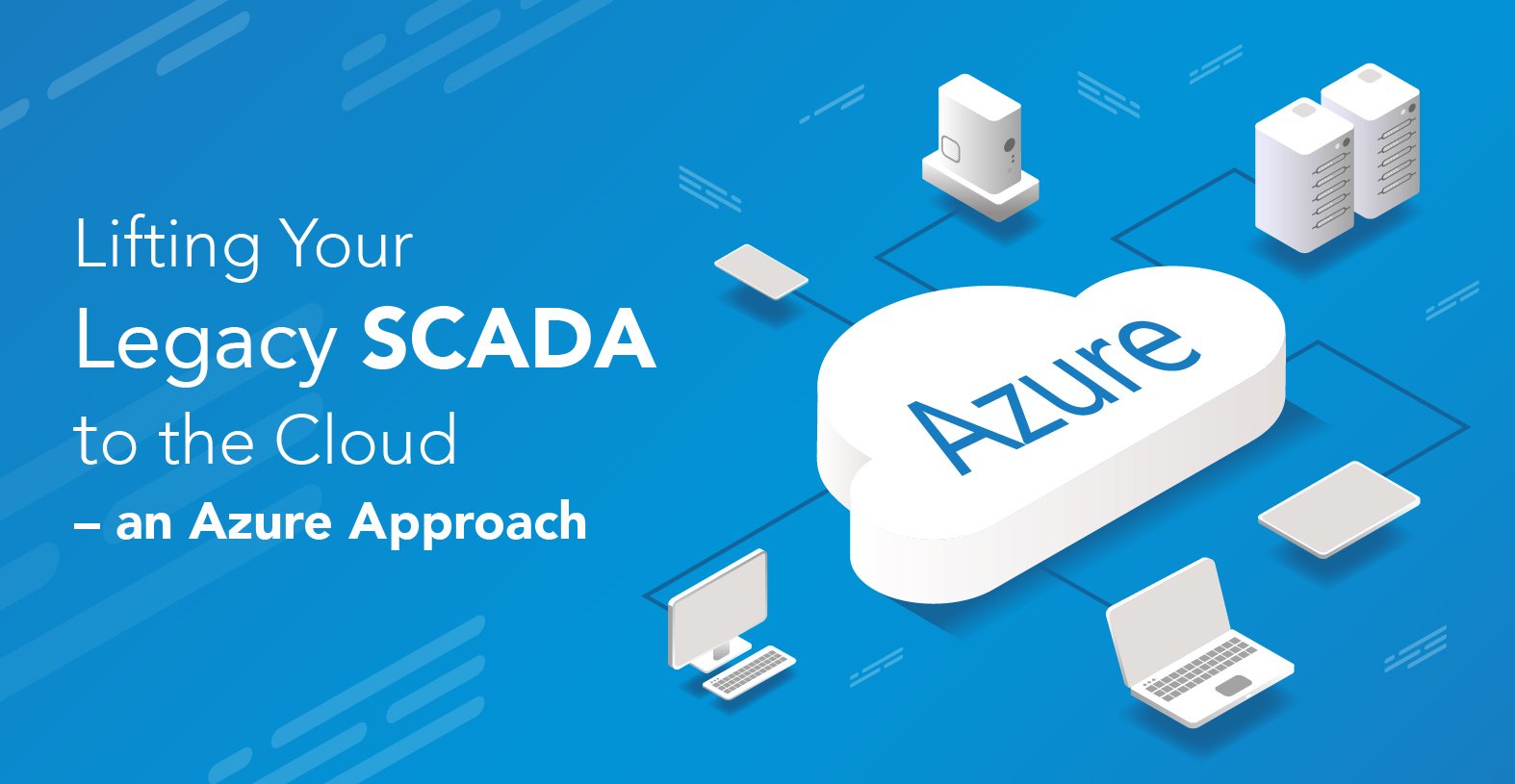
In today's fast-paced business landscape, staying ahead of the competition requires efficient and effective solutions. According to Microsoft’s Work Trend Index, nearly 70% of employee report that they don’t have sufficient time in the day to focus on “work”, with more time being spent Communicating than Creating.
Microsoft 365 Copilot is designed, with Microsoft’s cloud trust platform at its core, to allow for employees to both be more productive, reduce the time spent searching for information, performing mundane tasks, and other low-value activities.
When it comes to manufacturing and utilities, legacy applications have considerable sticking power. For example, a substantial number of manufacturers are still using legacy SCADA (Supervisory Control and Data Acquisition) systems. These legacy systems are unable to keep up with the speed demanded by information technology in the era of industry 4.0 – and they’re also dramatically vulnerable to cyberattacks. A recent survey by Kasperksy labs shows that almost 43% of industrial control systems (ICS, of which SCADA is a subset) were attacked or infected by malware last year.

What is SCADA
SCADA and ICS are traditionally based in on-premises appliances that are directly connected to assembly lines or capital equipment. In other words, it’s the exact opposite of cloud-based software. Increasingly, however, industrial information technology professionals are considering how to move these systems to the cloud, where they would gain the benefits of security, ease of use, and increased efficiency.
Why Would You Consider a Cloud SCADA?
The first reason to consider lifting your SCADA to the cloud is the sheer difficulty of maintaining an up-to-data SCADA system. On-premises SCADA depends on a connection to a PC in order to receive updates and patches. Once your PC software goes out of date, your SCADA will no longer be able to receive software updates. For example, if your SCADA is connected to a PC running Windows 7 – which is shortly going end-of-life – you’ll probably need to purchase a paid upgrade to your SCADA system in order to receive updates from a PC running Windows 10.
Based on this difficulty, it’s not hard to understand why many administrators simply choose to let their SCADA systems go out of date.
Now, let’s move to the cloud. Obviously, you still have to have some kind of physical sensor attached to your equipment, but much else can be moved to the cloud. Instead of connecting the SCADA to a PC that goes out of date, you connect the SCADA to a server in the cloud. The interface lives in the cloud, the data that the SCADA generates lives in the cloud, and operators can now access the SCADA from any device – including tablets and mobile devices.
Lifting and Shifting your SCADA via Microsoft Azure
If you’re a cloud skeptic, you may know that it’s one thing to espouse the benefits of the cloud, but it’s another thing to place your infrastructure there. If you choose the wrong infrastructure or the wrong methods, then your digital transformation may drag for years, balloon over budget, and fail to achieve a return on investment. According to some estimates, companies waste up to 35% of the budget that they allocate for cloud resources.
Fortunately, Azure represents one of the best platforms when it comes time to easily “lift and shift” your existing on-premises IT infrastructure to a cloud environment. In a SCADA context, that means taking the applications that your SCADA is reporting to, lifting them out of their on-premises environment, and shifting them to a new hosting infrastructure.

Why choose Azure? First of all, there’s cost. Cost-benefits are one of the main reasons that companies choose to switch to the cloud, and Azure is up to five times less expensive than its leading competitor. In addition, if you’re already using Windows Server and SQL Server (which you probably are, as many SCADA systems are connected to SQL databases), then your Azure cost will be further reduced.
In addition, Azure is flexible even if you aren’t using Windows products already. If your SCADA product is based on RedHat Linux, for example, then you’ll find that Azure has native support for the operating system built in already.
Finally, Azure is gentle on those who are new to the cloud. If you have information technology expertise on-premise, those skills will map onto the controls that Azure provides its cloud users. Thus, it’s not only easy to get started with Azure, it’s also easy to iterate on it once you’ve finished moving your applications there.
Work With KiZAN to Get Started in the Cloud
With Azure, you’ll be able to save money compared to your on-premises deployment, run nearly any workload natively on their platform, and get started right away. Microsoft even provides a helpful guide for getting started with the lift and shift approach.
If you need help, KiZAN offers robust Azure services regarding everything from implementation to management. If you want more information on how an Azure solution can take your manufacturing efficiency to the next level, contact KiZAN today!
Ready to move to the cloud but don't know where to start?
KiZAN’s Azure Foundation offering is designed to provide guidance for organizations getting started with Azure.






